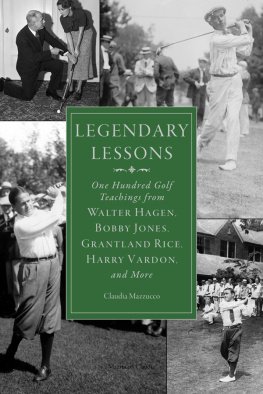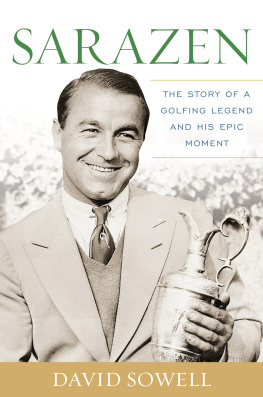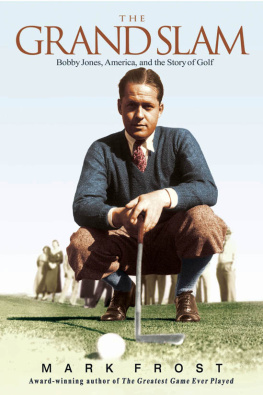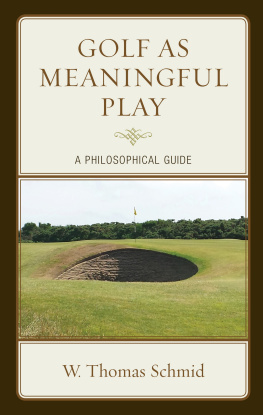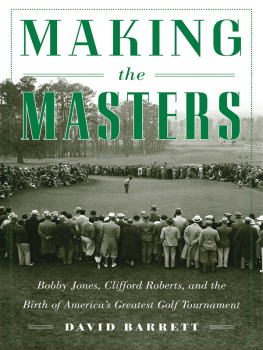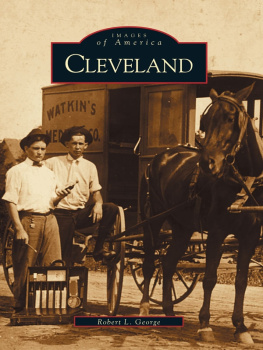Copyright 2016 by Claudia Mazzucco
All rights reserved. No part of this book may be reproduced in any manner without the express written consent of the publisher, except in the case of brief excerpts in critical reviews or articles. All inquiries should be addressed to Skyhorse Publishing, 307 West 36th Street, 11th Floor, New York, NY 10018.
Skyhorse Publishing books may be purchased in bulk at special discounts for sales promotion, corporate gifts, fund-raising, or educational purposes. Special editions can also be created to specifications. For details, contact the Special Sales Department, Skyhorse Publishing, 307 West 36th Street, 11th Floor, New York, NY 10018 or .
Skyhorse and Skyhorse Publishing are registered trademarks of Skyhorse Publishing, Inc., a Delaware corporation.
Visit our website at www.skyhorsepublishing.com.
10 9 8 7 6 5 4 3 2 1
Library of Congress Cataloging-in-Publication Data is available on file.
All quoted material in this book, unless otherwise noted, has been published either in The American Golfer or Golf Illustrated (US), and are reprinted with permission.
Cover design by Brian Peterson
Cover photo credit AP Images
ISBN: 978-1-63450-342-6
Ebook ISBN: 978-1-63450-909-1
Printed in the United States of America
To
STEVEN BLACKBURN
Without whose help the editor
Would have been more
Than normally helpless
Contents
Forewords
Modeling Early American Golf
By Art Spander
The luckiest thing to happen to American golf, the brilliant author and historian Herbert Warren Wind contended, was that its first great hero was an unpretentious ex-caddie like Francis Ouimet.
The game arrived in America in 1743, years before the country even declared its independence, with a shipment of clubs and balls from Scotland to Charleston, South Carolina. The first permanent club, in Yonkers, New York (just north of New York City), was formed in 1888.
But it was not until Ouimet, a 20-year-old amateur who lived across the street from the course, upset the British professionals Harry Vardon and Ted Ray in the 1913 Open at The County Club outside Boston, that the nation truly took notice of the game.
A person all of America, not just golfing America, could understand, wrote Wind, one of the few non-players inducted into the World Golf Hall of Fame, of Ouimet. Overnight the non-wealthy American lost his antagonism to golf.
In the next decade the number of golfers in the US rose to 2,000,000 from an estimated 350,000 before Ouimets triumph. By 1923 golf was a game Americans played better than any other national group in the world. The proof came when at the cessation of World War I, US players, professional and amateur, crossed the Atlantic and won Great Britains two most important events, the Open Championship and the Amateur.
Success bred success. Young men and women found their heroes and heroines on the fairways, sometimes even in the bunkers. If theories of teaching still were to be perfected and the equipmenthickory shafted clubswas antiquated by modern standards, players seemed unperturbed.
They used what parochially is labeled American ingenuity, working to find methods that would prove advantageous. The country had unlimited space and unlimited vision. The thinking was that nothing was impossible, or as the modern Nike advertisement would tell us, Just do it.
The golf swing itself has always mattered less than the results of the swing, or as the adage proclaims, It aint how, its how many. Beauty is on the scorecard. If Jim Furyks flying elbow makes critics wince, his numerous victories (including the 2003 US Open) should make them envious.
What the cinema industry learned quickly was what sport always understood: The public is drawn to stars. Ouimet was nobody special until he was somebody unique, until he was an influence on those who knew of victory, including the 20-year-old from Rochester, New York, who tied for fourth at the 1913 Open, Walter Charles Hagen.
The man who would be nicknamed Sir Walter and The Haig was an athlete who chose golf over baseball and was as flamboyant as Ouimet was restrained and every bit a celebrity. Hagen was the first professional golfer, who made his living exclusively through playing, as opposed to golf professionals who were also running a shop and taking greens fees.
According to his friend and rival Gene Sarazen, as recorded by Al Barkow in The Golden Era of Golf , Hagen didnt know a thing about the swing and didnt care. He was a natural. And a free spirit. Evincing the classic American image of the lone gunslinger riding into the sunset, Hagen took a chance that he could earn enough money in tournaments and exhibitions to pay his way in the world.
If he didnt contribute to ideas of how a stroke should be playedas his strokes on the green were noteworthyHagen was reputed for his help in democratizing golf, although he wasnt necessarily the one who alone enabled pros to enter clubhouses.
Hagen addressed the ball with the wide stance of a baseball player at bat, lunged more than swung, and sprayed shots. But his wildness off the tee was more than balanced by his accuracy from other places on a course.
His championship routine was part golfer, part con man. He might show up for an early starting time in a wrinkled tuxedo, as if he had not gone to bed, but in truth Hagen invariably had a good nights sleep and then redressed in the tux.
Sarazen learned his golf in the caddie yard and from Hagen, against whom he played numerous exhibitions, quite profitable in an era when tournament purses were extremely small.
The son of a poor carpenter from Italy, Sarazen was born Eugenio Saracini in Harrison, New York, in 1902. He would say the key to his swing was he hit a ball the way his father hit a nail with a hammera short, wristy blow. He once insured his hands for $100,000, a stunt worthy of any Hollywood agent.
As Hagen had done, Sarazen also chose to be a professional golfer and in time would win all four major pro championships, including in 1935 the second Masters ever held when he holed a 4-wood for a double-eagle two on the par-5 15th hole at Augusta National.
It was the shot that would live with Sarazen the rest of his life and with golf forever. Yet he was no less famous for developing the modern wedge, taking what in the 1930s was called a niblick, a 9 iron, and at an angle attaching a flange so the rear part of the club made contact before the leading edge. It helped him win the 1932 British Open, and some say took two strokes off the handicap of every golfer in the game.
Sarazen was mentored by Ouimet, who worked with him on the overlapping, or Vardon grip, in which the little finger of the bottom handthe right hand of right-handersoverlaps between the forefinger and middle of the top hand. Starting with Francis Ouimet and continuing through Walter Hagen and Gene Sarazen to the present, players in the United States developed their own styles. The game that was created on the other side of the Atlantic became as much a part of America as the Fourth of July.
The Wizard of Oz
By Curt Sampson
Golf instruction through history has been a stew of the bogus and the brilliant, with dashes of originality and insight blended with lots of snake oil and large chunks of baloney. We eat up golf instruction. Whether or not it is good for our games is beside the point. For golf is so lonely and difficult that there is a psychic benefit merely from receiving counsel, regardless of its baloney content. If the advice does not click, we fret that we were inadequate to receive it, not that the advice itself was flawed. In golf the teacher is to the tyro as the Wizard of Oz is to Dorothy.

